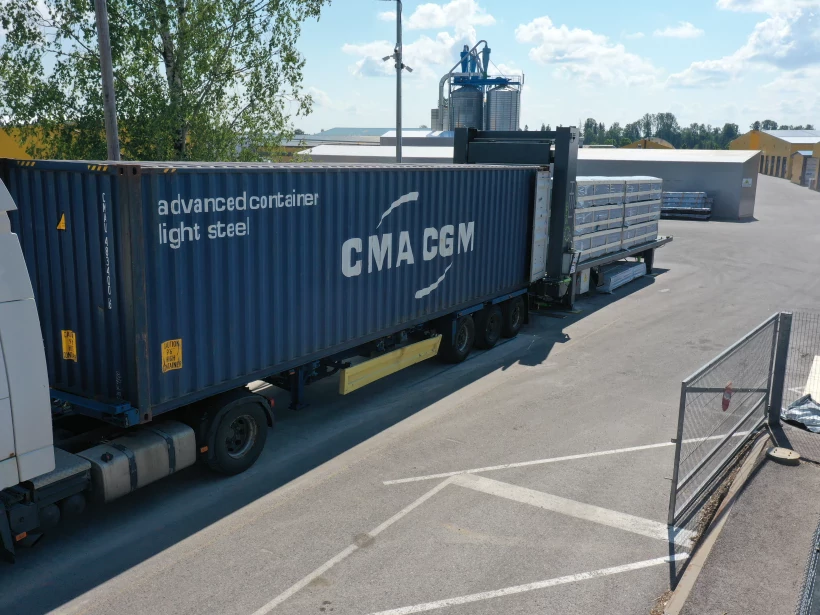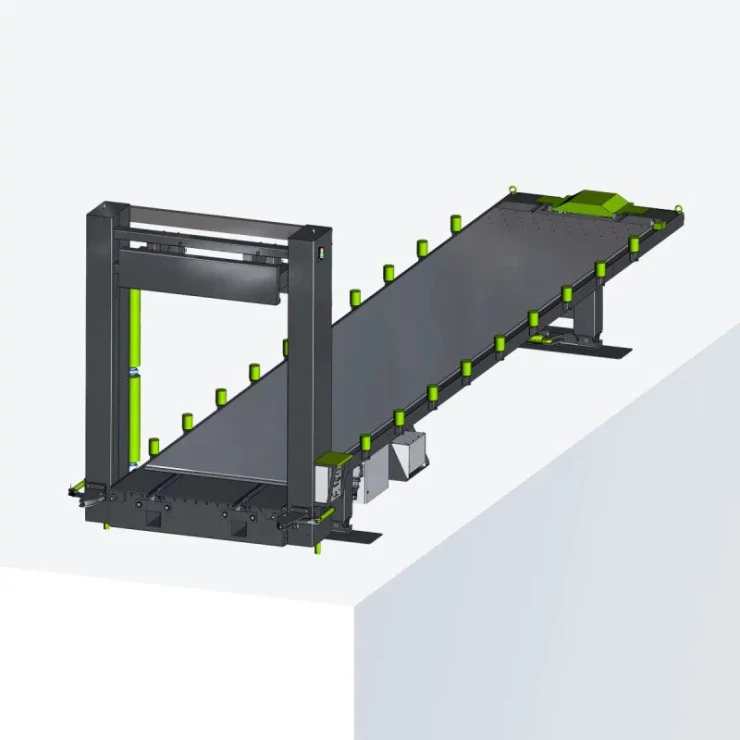How to Load Shipping Containers More Efficiently

Loading a shipping container is a complex task with a lengthy process, considering multiple factors in the international transport of goods. Even a few decades ago, the loading and unloading process was done manually using sacks and barrels.
Today, thanks to the technological development and economic growth of international trade, there is a variety of equipment, tools, software and process standardization, which contributes to a significant transportation cost reduction, saving time and maximizing the safety of goods in ship container loading & unloading.
According to World Bank statistics, container port traffic figures have increased more than three times since 2000 (Source: https://data.worldbank.org/). The incorporation of the container is crucial to the optimization of the whole supply chain.
Essentially, a container is a standardized unit of transport and storage, which can be used in a variety of ways and adapted to existing modes of transportation (road, maritime, river, rail), with a lifespan of up to 20 years. There are different types of containers depending on the nature of goods to be transported, means of transport, size and volume of merchandise, and temperature conditions, among other factors.
The loading and unloading process entails a number of complex activities in the warehouse or cross-dock centre, ensuring the merchandise does not suffer any type of damage and prevents accidents for personnel involved, in an efficient way.
A number of considerations are given to load and unload efficiently a shipping container.
1. Choose the appropriate container
The appropriate container must be selected depending on the type of load, ventilation, temperature, storage conditions, etc. The container must also be clean, free from any odours, chemicals, fractured welds, leaks, weatherproof and properly working doors that seal tightly.
The cargo agent must also check if the container has any sign of distortion; keep in mind that distorted containers are unlikely to fit as they should.
2. Follow a packing plan
The process of packing a shipping container can cause serious problems if taken for granted because loss or damage of goods can happen if not done properly.
Before any charge can be loaded, it must be checked to make sure it is properly packaged, labelled and marked.
The packaging must also be checked for damage damaged before being loaded and a procedure avoiding any subsequent unexpected unloading is followed.
In addition to verifying that the container is in good condition, the carrier must also ensure that the container can handle the required payload or weight distribution. If your charge agent does not give your charge the correct start, it has very little chance of arriving safely or without damage.
3. Considerations during the loading process
The loading process is a necessary step to ensure the goods will arrive in safe condition as well as ensuring an effective unloading. Consider how the container will be unloaded at its destination. If possible, load the items which will be required first closer to the doors.
The distribution of weight in the container must be even. Gravity and inertia are critical factors, especially when the cargo ships are in rough seas.
Proper spacing is a very important factor that shippers consider when shipping goods. This involves tremendous planning because improper utilization of cargo can damage goods. Ensure that the goods will not collide with each other by using shipping container bracing.
Promote a clean, organized and safe environment, where items can be accessed and picked up easily, corridors are free of any obstacle, an adequate packing area is included and equipment and tools are in suitable working conditions.
Finally, make sure all international trading documents carry out the appropriate procedures (CMR for road transport, bill of lading for maritime transport, etc.). Missing this step will increase risk, delays or extra costs and goods may not arrive to their destination.
SmartTEH as a key player in your supply chain
SmartTEH offers an effective container loading and unloading system, especially in the wood industry, reducing loading and unloading times to a few minutes without the need to adjust to any regular platform with equipment. The benefits are immediate, such as:
- The reduction of damage to the product.
- Reduction of labor, operations, and transportation costs.
- The spacing of charges is used completely.
- Uses dock space better than the traditional system.
- Downtime and off-site containerization are significantly reduced.

Automatic container loading system
With this container loading system, the process is simplified. Even if your task is to load a 40 ft shipping container, you will not have any more difficulty performing that task
Conclusion
SmartTEH’s container loading solutions streamline logistics for industries requiring efficient, damage-free loading and unloading. By cutting loading times from 30 minutes to just 5, our equipment significantly lowers operational costs and improves dock space utilisation, making it a practical choice for companies managing high shipping volumes. As global trade continues to demand faster, safer, and more economical transport methods, SmartTEH stands ready to support your supply chain with reliability and precision.



